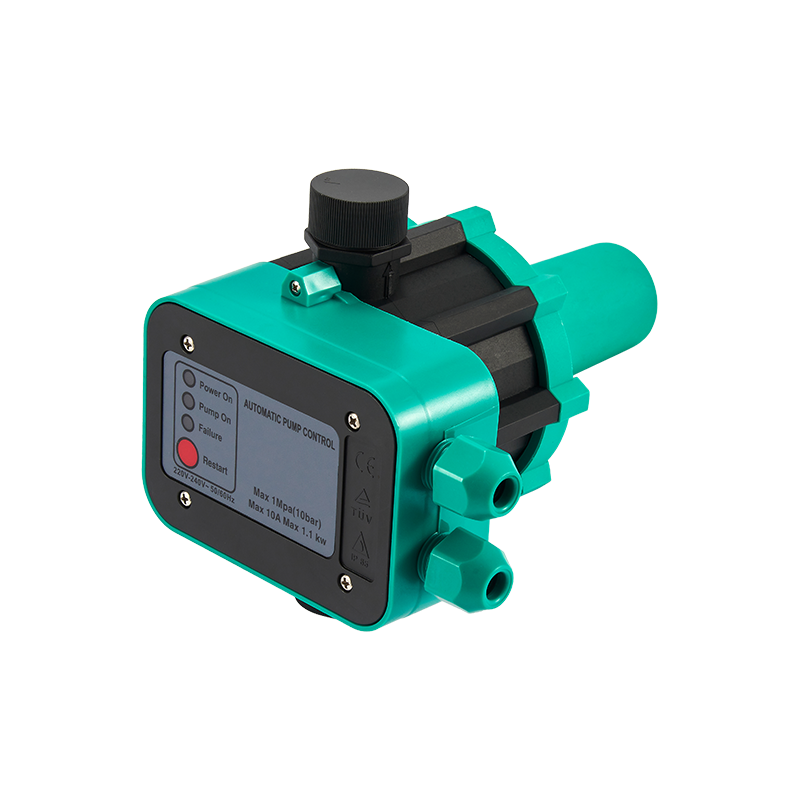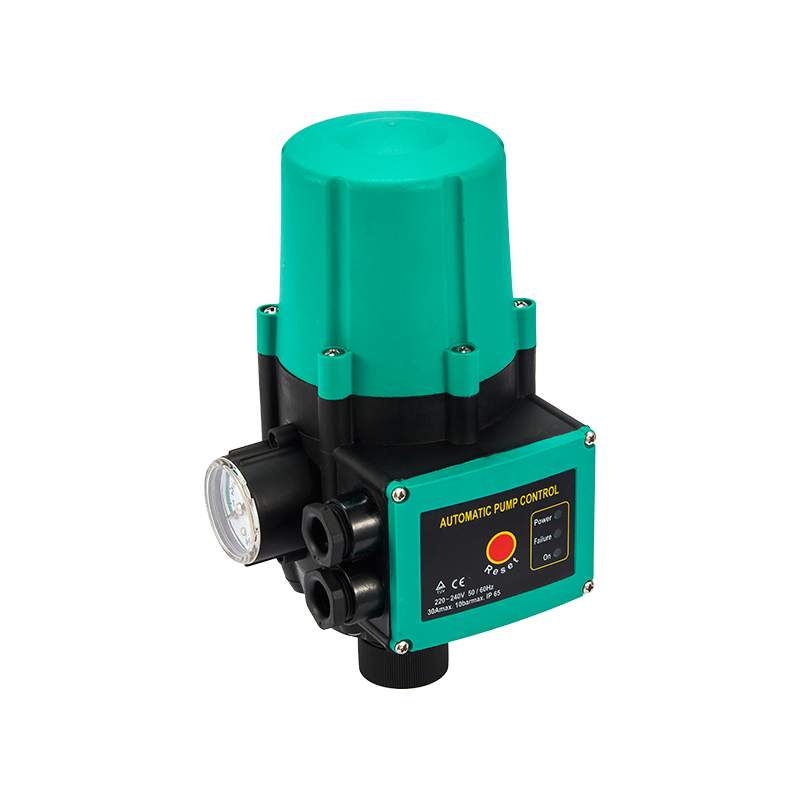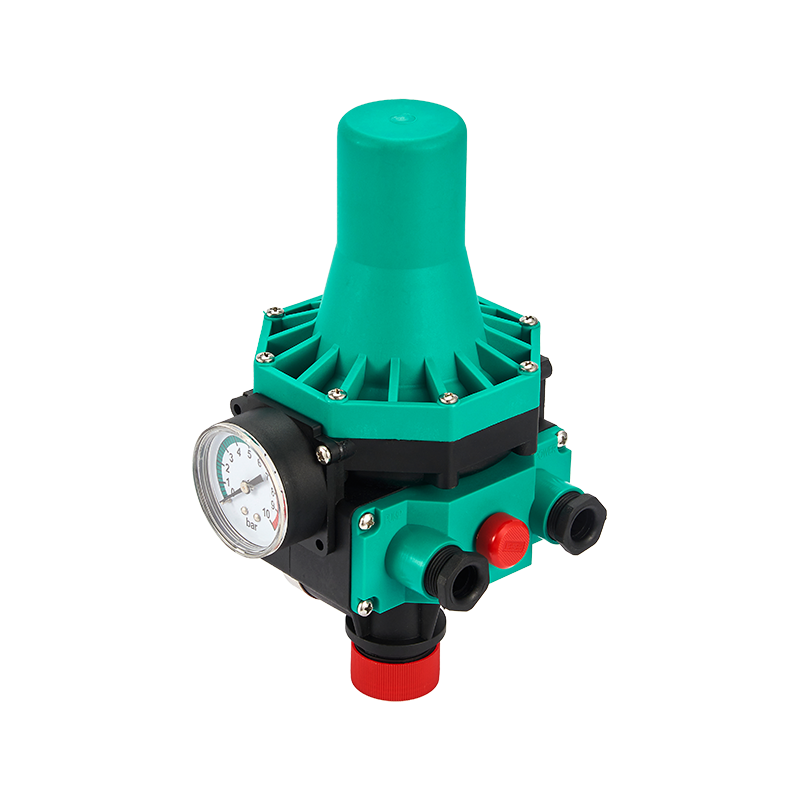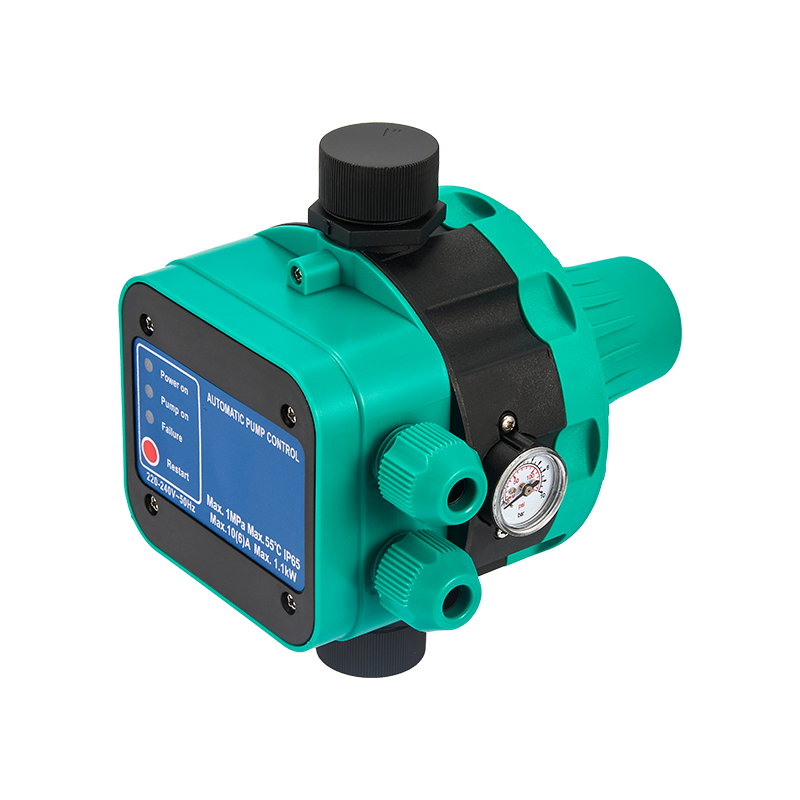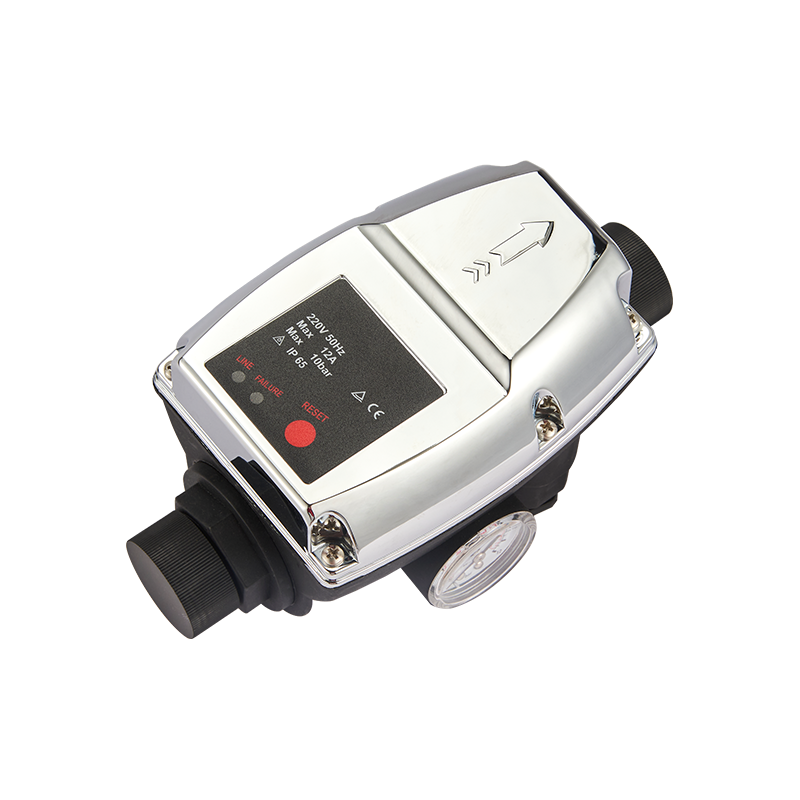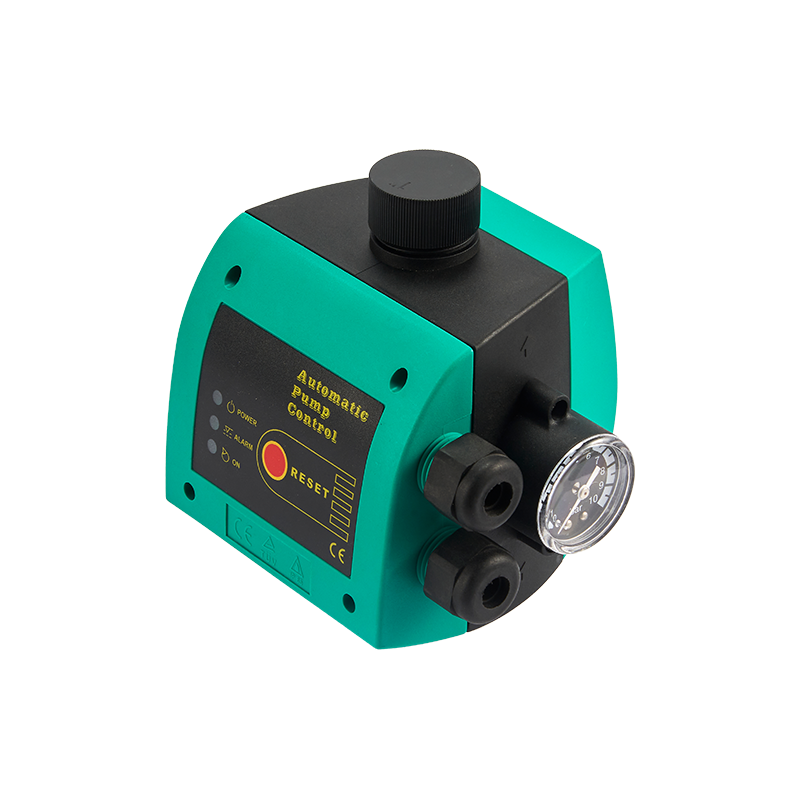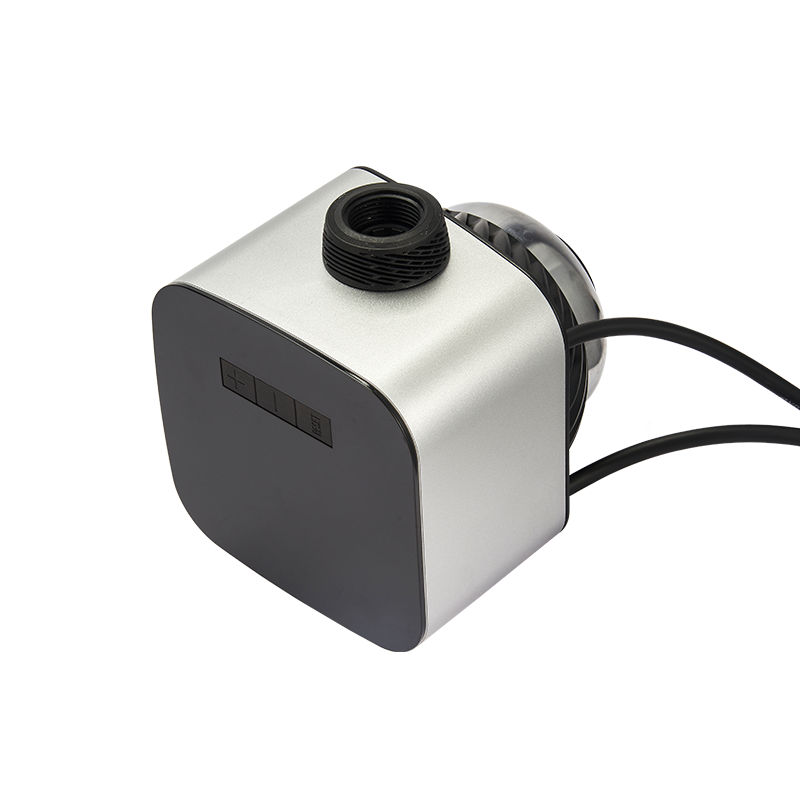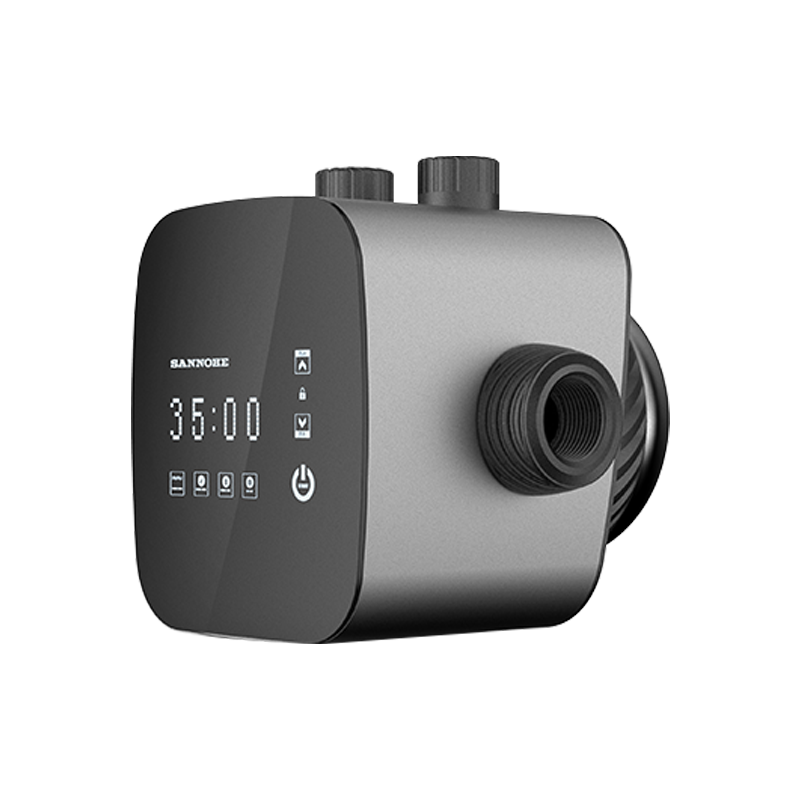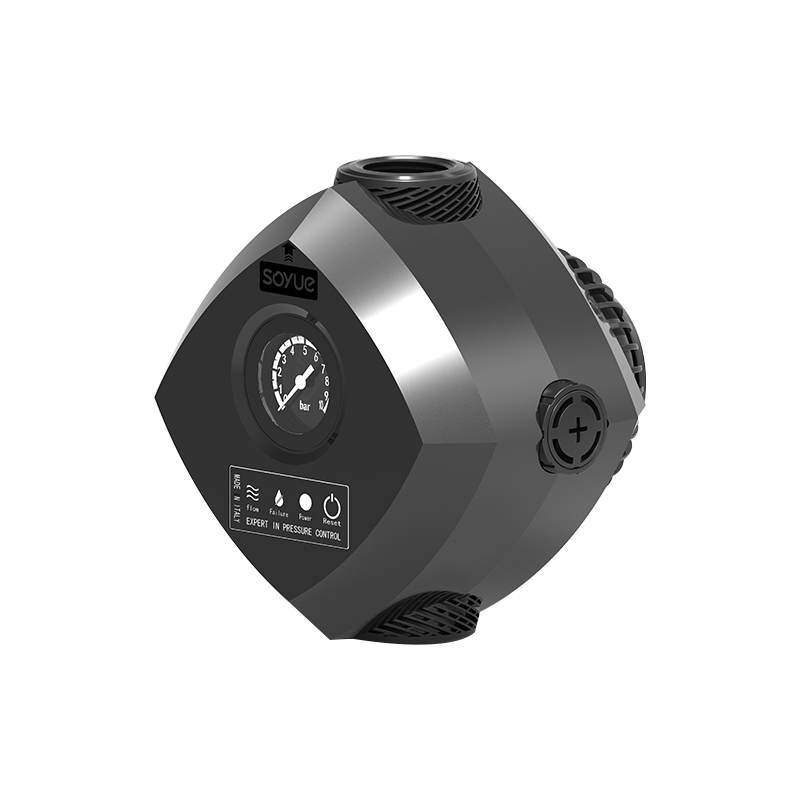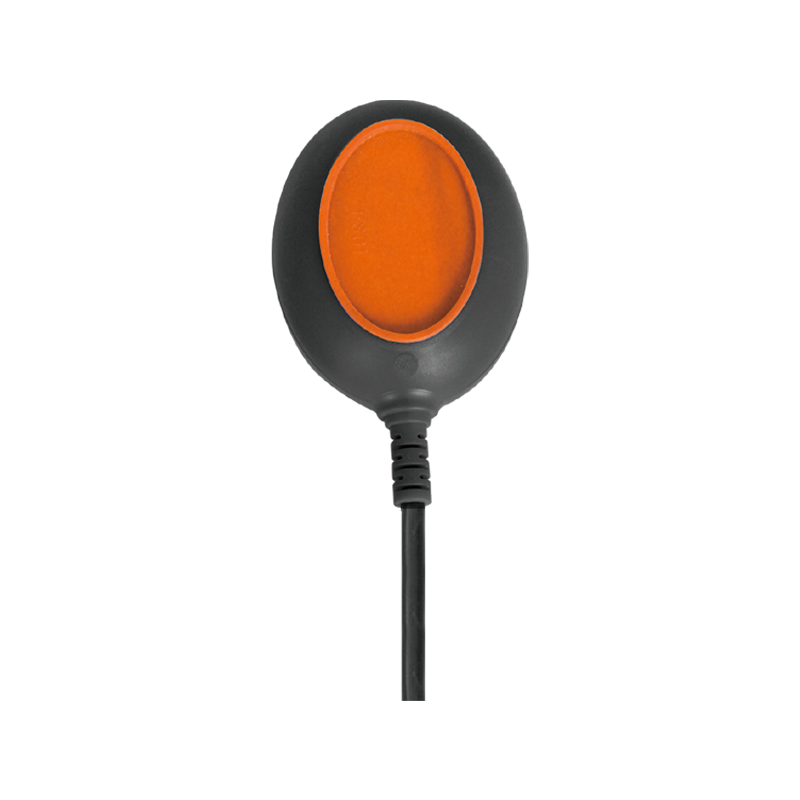A well pressure switch is an essential part of your well system. If you notice your switch is no longer activating at the set rate, there may be an issue somewhere else in the system.All pressure switches work based on changes in pressure to open or close an electrical circuit and trigger an action such as turning on a pump or triggering an alarm. Most have an adjustment screw that sets the spring pressure.Flow switches are intended to monitor and control the linear, nonlinear, volumetric or mass flow rate of a medium (typically liquid) within a duct or loop system. The switches can perform a variety of tasks depending on the role they're assigned, such as powering up a pump or generating an alarm response.The vast majority of these switches operate fully automatically unless tripped, but the exact methods for using them will vary widely depending on the type of switch. The key specifications for each include operating pressure, media temperature range and the maximum flow rate that will trigger movement of the switch's paddle or piston.
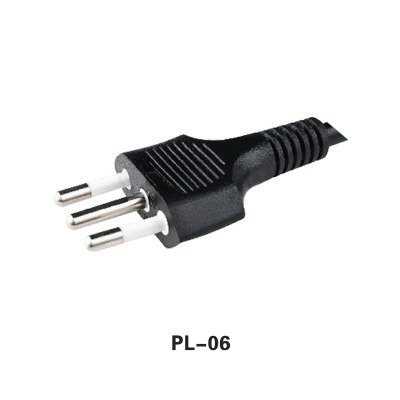
Physical specifications are also important to consider, with many mount and end-fitting varieties to choose from. In-line mounted switches can be attached via integral connections to a process line, while insertion mounts are typically inserted perpendicular to the pipe's flow path and require another access method such as a threaded hole in the process pipe.Some flow switches come in the form of flanges or threaded connectors that stick into the pipe wall. Other switches may be inserted by pushing them into a piping channel or opening a port. In these types of switches, the inserted paddle or float moves once fluids flow past it and then sends a signal to a transmitter that can translate that motion into a reading or an action.Most mechanical or vane-type flow switches function because of the force of the liquid's velocity or variation in pressure on a disk. When the induced movement triggers a circuit, it responds to the switch's position or generates an alert.
These types of flow switches are often used in industrial applications. They can monitor a variety of different substances, including liquids, gases, and steam. When choosing the appropriate type of switch, consider its material's chemical compatibility and ability to withstand high temperatures. Also, note the switch's diameter and operating voltage.Paddle flow switches are used in automated industrial systems to monitor lubricants, slurries, chemicals and water to guarantee safe & optimal performance. They are available in both paddle and thermal dispersion models, with the most common variety being an insertion mount where the paddle mechanism is fitted into the process pipe while the housing with the electronics stays affixed outside of the pipe run (like our PSR).All paddle switches work by using a magnetic trigger or physical paddle wired to a circuit and positioned directly in the channel through which gases or liquids will pass. Once the liquid passes, the paddle is displaced or rotated and sends a signal reading to a secondary device like a transducer in a readable format. The switch then performs whatever action it has been programmed to take in response. This can include anything from shutting down a system to opening fire alarms or other mechanisms. Usually, the paddle is then returned to its original position by another magnet that produces a reset force.
The physical specifications of a flow switch are important for determining how well the device will function. Some have specific mounts and end fittings that must be considered. In-line-mounted switches require a straight run of pipe for installation, while insertion models are designed to be inserted perpendicular to the process line and therefore need another access method like a threaded hole in the pipeline wall.Flow switches are typically based on the principle of variation in fluid velocity or pressure that causes a magnetic trigger to move in the unit. The trigger is linked to the bottom of a shuttle-like disk and is above a reed contact in the unit stem. This mechanical trigger changes the state of the switch and relays a signal to the system if the predetermined threshold is reached.Flow switches are used for continuous monitoring of liquids and gases to ensure that excessive or insufficient flow does not damage equipment. They are commonly found in reservoirs and tank storage systems to keep liquid levels at their designated level, as well as in pipelines to maintain proper system operation.

